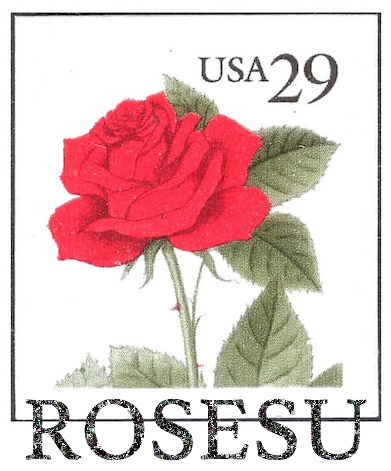Planting Tulip Bulbs - Marie Pink
![]()
When to Plant Tulip Bulbs
If you aim to fill your garden with color next spring, plant bulbs from October to December. Tulip bulbs can be planted until Christmas and still flower perfectly in the following spring because they only require a short season of growth.
Where to Plant Tulip Bulbs
Tulips thrive in full sun but can tolerate some shade. They dislike excessive wetness and demand well-drained soil. While they can grow in various soils, if the soil is excessively dry, consider planting the bulbs a day after a rainfall.
How to Plant Tulip Bulbs
Prepare the site by clearing any weeds or stones and use a fork or trowel to loosen and aerate the soil. Dig a hole with a trowel that is large enough to accommodate all the bulbs you're planting. For larger quantities, you can dig a larger bed. The hole's depth should be twice the length of the bulb, ensuring the pointed end is facing upward. In warmer climates, plant bulbs deeper than 10 inches; deeper planting results in tulips with thicker stems that are less likely to fall over. When planting tulips, arrange them close to one another to avoid solitary blooms in the spring. Tulips look best in groups, and you can place bulbs as close as six inches apart. Here are a couple of pro tips: 1) alternate rows of early, mid, and late blooming tulips for continuous enjoyment throughout the season, and 2) plant tulips later in the season to avoid peak squirrel activity—no one wants their tulips scavenged!
How to Care for Tulips
Fertilize the bulbs when the foliage emerges in spring, using a general low-nitrogen organic fertilizer. Remove spent flowers as soon as the bulbs finish blooming by snapping off the top of the flower stem. This encourages the plant to direct energy into bulb growth rather than seed production. Allow the foliage to wither completely before removing it. Avoid summer irrigation, as tulips prefer to remain dry during their dormancy. While Darwin hybrid tulips may bloom the following year and sometimes the third year, most will need to be replanted annually.
![]()
![]()
![]()
![]()
![]()
![]() \
\




















 \
\